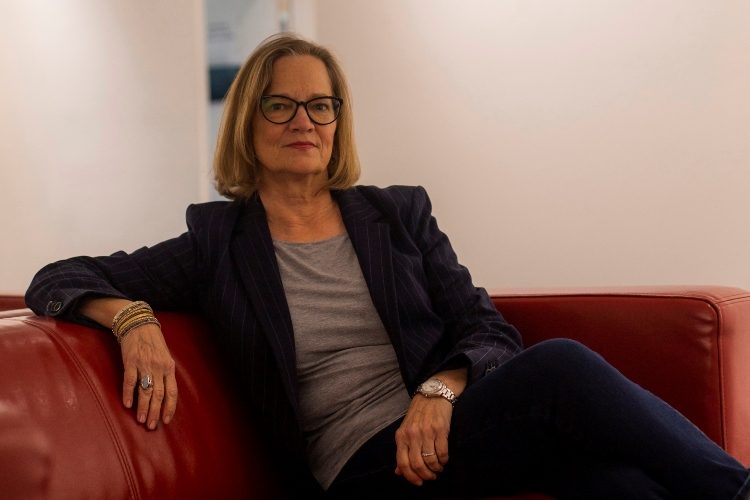Art is an important part of our world and can take many different forms: painting, sculpture, poetry, dance. Sally Pettibon is a professional artist who teaches photography at Ringling College of Art and Design in Sarasota, Florida. Here’s what she has to say about her artistic journey.
With having a mentor that you met during your time at USF (University of South Florida) and your significant years of experience, are there any words of wisdom you can share with up-and-coming photographers?
Well, the first thing I would say is that you have to have some sort of strategy; you can’t ignore your financial plans, because you need to have a financial plan. In terms of motivation, you just have to keep working, even when you get to those periods where you lose inspiration – keeping going, because the outcome will be something much better.
From the inspiration that you received from your sister to the learning experiences through college, when would you say was the turning point that made you realize your love for photography?
My sister went to art school; she was a painter. I was always inspired by her and her talent. I never really thought about any other career except photography. When I attended Eckerd College I saw this film, “Blood of a Poet,” by Jean Cocteau. It had a great effect on me – it made me look at how visual images can come together. I transferred to California College of the Arts and took many of the classes provided. Throughout my time there I quickly gravitated towards photography.
Some may say storytelling through photos of places are difficult without a person being the focus. What would you like for those people to know about your choice in photographing places?
Places more than people: I really appreciate the solitary nature of photography and the concept of being alone and focusing on what is around.
You’ve worked at Sarasota Herald-Tribune and also freelanced as an editorial photographer in New York and Florida, but ultimately you decided to teach the art. What influenced your decision?
I received a call from Ringling asking if I want to teach a class. I started teaching at RCAD part-time and loved the experience, so I went back to school at University of South Florida and received my master’s degree and enabled me to teach full time at Ringling. Any kind of college, or really just education, is a way of expanding your horizon; there are many things you see and learn from being around all this information. Teaching here has has definitely broadened my view on photography.
With the knowledge you have now and looking back, would have changed your decision to teach your passion of photography?
Teaching has opened me up to a whole new world of education and connections you wouldn’t find anywhere else. I also really enjoyed the student interactions; due to teaching at Ringling, it opened up an opportunity to teach full-time, as to why I attended USF to receive my master’s.
You are certainly a photography professional. Are there any programs or special techniques that you use to self-identify your work amongst others?
To me it’s all about telling a story. I like to take pictures that are unrelated and putting them together to create a narrative.
Within Photoshop, Sally puts her photos together by layering and adding a lot of color. For more recent and upcoming projects, she explains that it is just “diptychs or triptychs and I don’t really add a lot of color to it. They are mainly black and white images but I scan them in color giving them that sepia color.”
Which photographers influenced you, and how did they influence your thinking, photographing, and career path?
In my early career, it would have been documentary photographers such as Rob Frank and William Eggleston. But now, since my work has changed so dramatically to a more conceptual approach, it would be people from more of a content point of view like Christian Boltanski (French photographer and installation artist; uses found images as well). Painters also, such as Edward Hopper and Eric Fischell (dystopian view of suburban life).
Is there a photo that still stands out as your best work from when you were a freelance editorial photographer?
Among my works at the moment the “True Story” collection and my upcoming projects I believe will land that spot in favorites.
People often reflect their lives in their artwork, is there a time or incident in your life that inspires your unique style?
Losing a parent at a young age and growing up during the Cold War; experiencing the bomb shelters, basements and duck-and-cover drills. Those types of things are bigger things; I feel are bigger influences on how I view the world and consequently how it affects my artwork.
What style would you say your work revolves around today?
As an early artist, my work was more of the traditional surrealist documentary approach to now being more of conceptual photography, and that’s really all the work that I am doing now stems from there”
What motivates you?
Life.

